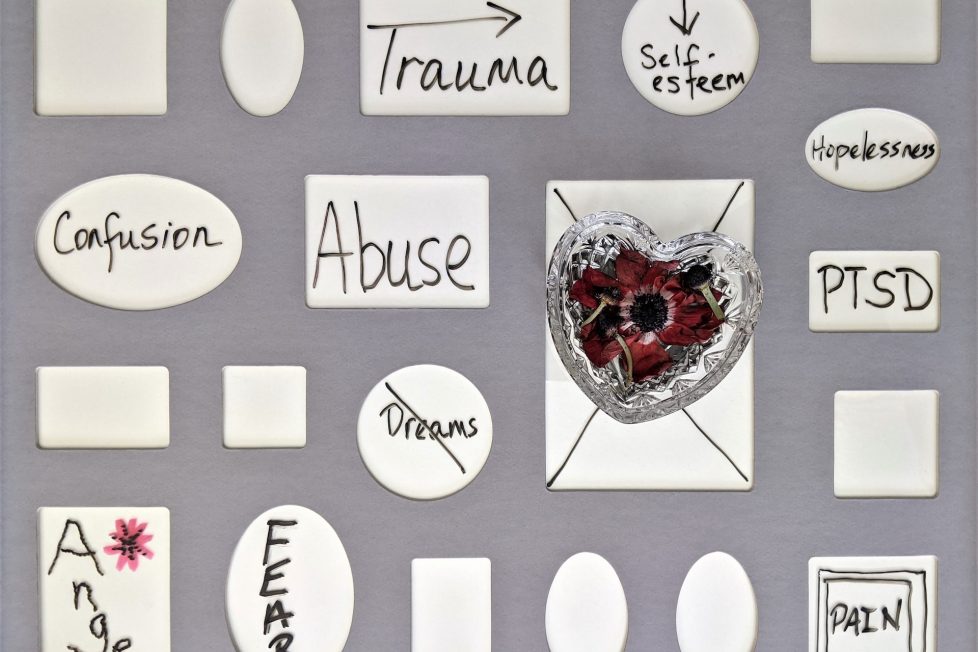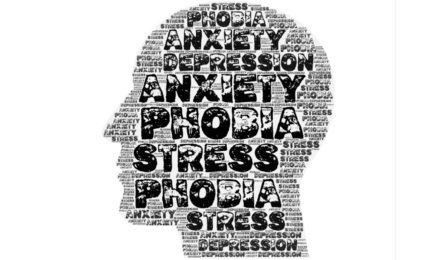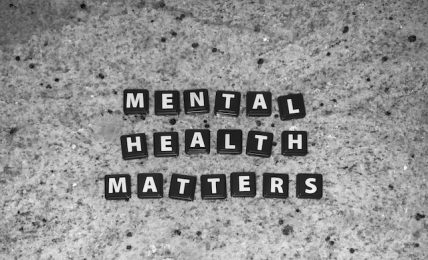Kids are exposed to violent war images: trauma expert sets out how you can protect them
While media can open the door to learning and connections for children, it also carries the risk of exposure to violence. News media in particular poses risks with stories of war, genocide, violent deaths, terrorism and suffering covered repeatedly in a 24-hour news cycle.






